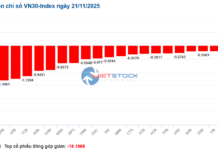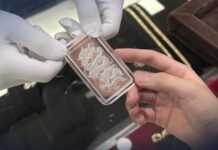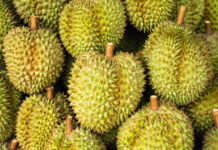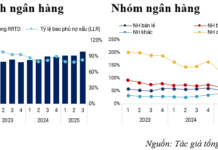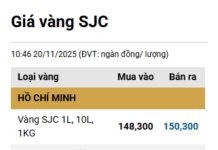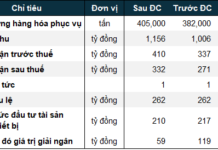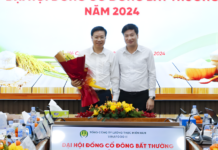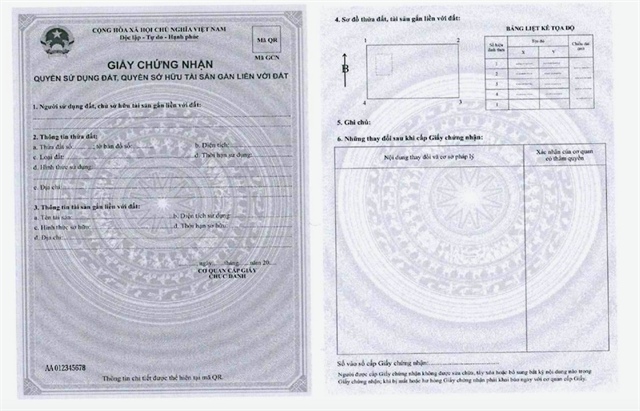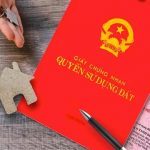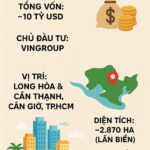The 2024 Land Law, which comes into effect on August 1st, stipulates that the certificate of land-use rights and ownership of assets attached to the land (commonly known as the “red book”) is a legal document that confirms the state’s recognition of an individual’s legal land-use rights and ownership of assets attached to the land.
Compared to the 2013 Land Law, the new name for the red book is more concise, replacing the phrase “ownership of residential housing and other assets attached to the land” with simply “ownership of assets attached to the land.”
Circular No. 10/2024/TT-BTNMT (Circular 10), recently issued by the Ministry of Natural Resources and Environment, stipulates the dossiers, the certificate of land-use rights, and ownership of assets attached to the land.
A significant change in the new certificate is the inclusion of a QR code and a reduction in size from four pages to just two.
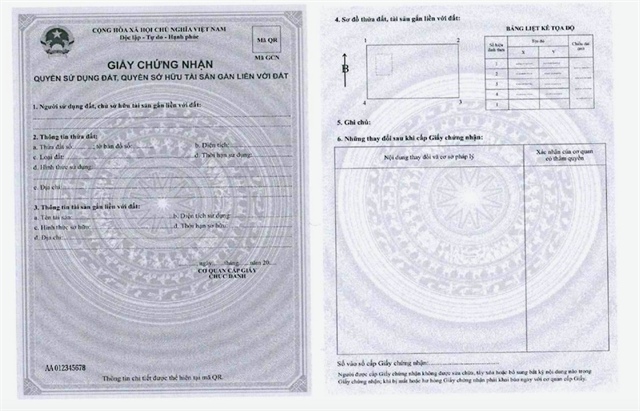
Sample of the new land-use rights and ownership certificate (new red book). Source: Ministry of Natural Resources and Environment
|
Specifically, the new red book will consist of one sheet with two pages, printed on a background of Dong Son drum pattern in pink lotus color, measuring 210x297mm.
Previously, most of the information in the certificate was on pages two and three, but now it has been moved to page one.
Page one includes the national emblem, country name, the words “Certificate of Land-Use Rights and Ownership of Assets Attached to the Land,” the QR code, certificate code, etc.
Page two comprises a diagram of the land lot and assets attached to the land, changes made after the issuance of the certificate, the registration number, and notes for the certificate holder, among other things.
According to Circular 10, the printing of the land-use rights and ownership certificates is done through software that manages the land database.
In cases where localities have not yet built a land database, the data from the registration and certification dossiers will be input into the land database management software to print the certificates.
The QR code included in the certificate serves to store and display detailed information about the certificate, as well as manage the QR code itself.
The information retrieved from the QR code holds the same value as the information on the certificate and is consistent with the information in the land database or the cadastral records in places where a land database has not yet been established.
For first-time issued red books, the QR code is placed in the upper right corner of page one of the certificate.
If there are any changes to the information after the certificate is issued, the QR code will be displayed on the right side of column six, “Content Changes and Legal Basis,” on page two of the certificate.
|
Previously, the Ministry of Natural Resources and Environment had issued Circular No. 23 in 2014, which standardized the format of the “Certificate of Land-Use Rights, Ownership of Residential Housing, and Other Assets Attached to the Land” starting July 5, 2014. This certificate had a pink cover and was applied uniformly nationwide for all types of land, residential housing, and other assets attached to the land. It consisted of one sheet with four pages, printed on a background of Dong Son drum pattern in pink lotus color, with each page measuring 190x265mm. Page one included the national emblem, country name, name of the land user and owner of the residential housing and other assets attached to the land, certificate serial number, and embossed seal of the Ministry of Natural Resources and Environment. Page two comprised section “II. Land Lot, Residential Housing, and Other Assets Attached to the Land,” which included information on the land lot, residential housing, other constructions, productive forests that are plantations, perennial crops, and notes. It also included the date and signature of the issuing agency, as well as the registration number. Page three included section “III. Diagram of Land Lot, Residential Housing, and Other Assets Attached to the Land” and section “IV. Changes After the Issuance of the Certificate.” Page four continued with section “IV. Changes After the Issuance of the Certificate,” providing notes for the certificate holder and a barcode. |
Hong Khanh
Bringing AI into the competition, banking, and e-wallets “race” to attract customers for online lucky money during Tet
To attract users for online New Year’s red envelope gifting, banks and e-wallets have introduced various solutions including sending lucky money in the form of symbolic money, health blessings, opportunities to win prizes, and utilizing artificial intelligence (AI) technology.
ATM machines overload during Tet turns out to be deserted
According to Mr. Nguyen Duc Lenh – Deputy Director of the State Bank of Vietnam, Ho Chi Minh City branch, the operations of the ATM system and ATM card services have been safe, stable, and efficient during the past period, meeting the customers’ and citizens’ needs effectively during the year-end season.
Minister of Natural Resources and Environment discusses issuing land certificates for undocumented land
Under the new regulation, land without documents will be granted a red certificate when the authorities confirm that there is no dispute.

